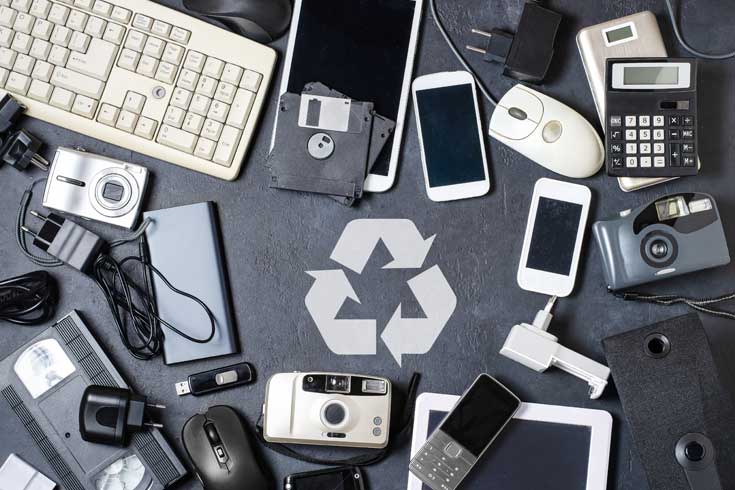



Electronic waste recycling remains a crucial component of sustainable IT and is expected to be a long-term priority.

Electronic waste recycling remains a crucial component of sustainable IT and is expected to be a long-term priority, according to two recent studies - highlighting that waste generation continues to be a significant global concern.
Solution providers must continue to meet customer demands for sustainably disposing of obsolete or unneeded hardware.
Schneider Electric actively promotes electronic waste recycling through its comprehensive take-back programs. These initiatives address the increasing accumulation of discarded electronic equipment globally.
APC encourages consumers and businesses to participate in environmentally responsible disposal practices by offering options to upgrade, recharge, or recycle outdated uninterruptible power supply (UPS) systems. Their programs include free return shipping for old batteries and trade-ins of any brand of UPS for new units at a discount, emphasizing their commitment to reducing environmental impact and enhancing sustainability.
The programs are called, collectively, “Rip, Replace and Recycle.” They are available in the U.S. and Canada.
By 2030, e-waste is projected to increase by 82 million tons worldwide, as reported by the Global E-waste Monitor 2024, produced by the United Nations. The UN is calling for improved e-waste recycling practices to mitigate health hazards and reduce environmental impact.
Their report “foresees a drop in the documented collection and recycling rate from 22.3 percent in 2022 to 20 percent by 2030 due to the widening difference in recycling efforts relative to the staggering growth of e-waste generation worldwide.”
It’s not just the U.N. discussing global imperatives for recycling.
McKinsey & Co., in a recent discussion posted online, said: “Today, we know that we can no longer live with that linear economic concept. We have to put our collective intelligence into organizing the circular economy—selling services and functions, not products, and then recycling, reusing, and reintroducing those products.”
Importantly, recycling provides solution providers with an opportunity to discuss all aspects of lifecycle management. That could include Schneider Electric’s EcoCare service offering, which provides for priority support and robust asset management – via subscription – as well as real-time monitoring via its EcoStruxture IT software.
In Sustainable IT, particularly for Schneider Electric partners, recycling has been part of a go-to-market and discussions with customers and will likely remain so for the foreseeable future.